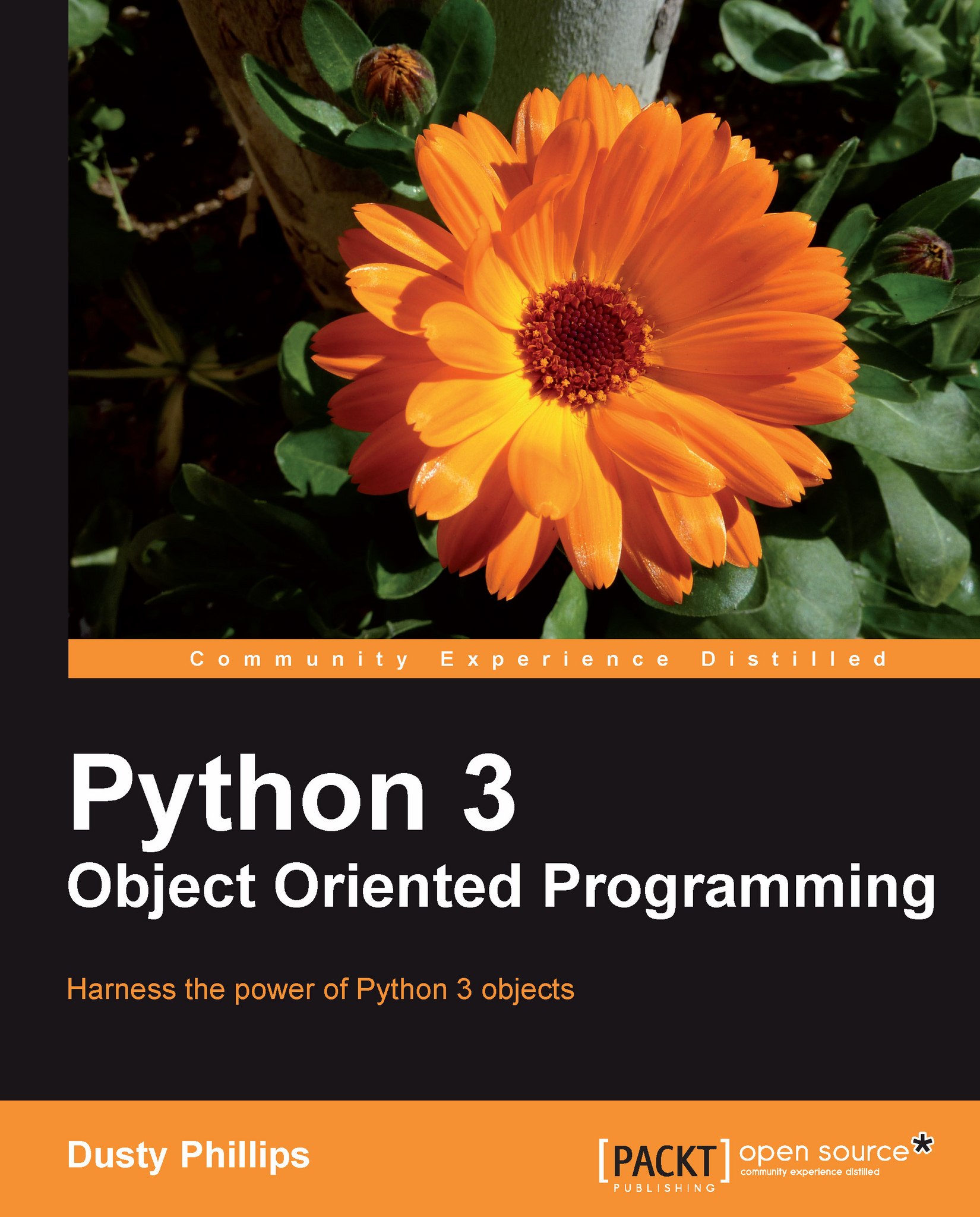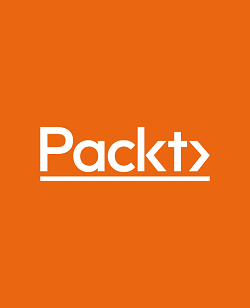Exercises
Write some object-oriented code. The goal is to use the principles and syntax you learned in this chapter to ensure you can use it, instead of just reading about it. If you've been working on a Python project, go back over it and see if there are some objects you can create and add properties or methods to. If it's large, try dividing it into a few modules or even packages and play with the syntax.
If you don't have such a project, try starting a new one. It doesn't have to be something you intend to finish, just stub out some basic design parts. You don't need to fully implement everything, often just a print("this method will do something") is all you need to get the overall design in place. This is called top-down design, when you work out the different interactions and describe how they should work before actually implementing what they do. The converse, bottom-up design, implements details first and then ties them all together. Both patterns are useful at different times, but...
























































